China has a history of porcelain making that spans thousands of years. The inheritance and development of each dynasty have also raised people's requirements for the quality of ceramics. Wood-firing is an ancient firing method that originated in the Song Dynasty and is still used today. It uses various types of firewood and pine resin as fuel. During the firing of Tenmoku, a box-shaped vessel is used to cover it, separating the wood ash and fire to avoid direct contact and ensuring that the glaze surface of Tenmoku remains intact and consistent.
The Longquan kiln uses natural ventilation, and the flames inside the kiln mostly flow parallel to the bottom of the kiln. Moreover, since the kiln is built on a hillside, the chimney effect is strong, allowing for rapid heating and cooling. The kiln can be fired quickly or maintain a reducing flame for firing celadon according to traditional methods. Following the ancient method, the Longquan kiln is wood-fired for three days and three nights at high temperatures, finally transforming into magnificent and exquisite masterpieces, with only a few of them reaching the final stage. A piece of clay is like the phoenix reborn from the ashes, experiencing countless trials and tribulations before becoming a great work of art.
Therefore, it is said that the Longquan kiln is the cradle of porcelain. Influential works, such as celadon and black-glazed ceramics, were mostly fired in the Longquan kiln. The smooth glaze surface of wood-fired Tenmoku comes entirely from the firing process of the kiln, the fusion of the clay body, and the ashes of grass and wood. Each piece becomes a delicate work of porcelain art, and the traces of fire left during the firing process are the mysterious and exquisite features that are difficult for artificial techniques to replicate in wood-fired Tenmoku.
There are many types of kilns used for firing Tenmoku, but Dragon Kiln has the following main characteristics in its firing process.
-
Although the glaze patterns on Tenmoku fired with firewood kilns may not be as flashy as those on modern drop-glazed surfaces fired with electric kilns, the subtle and rich beauty in the monotony of firewood kiln-fired Tenmoku highlights its antique charm. When used for tea drinking, firewood kiln-fired Tenmoku has the unique ability to soften water quality and bring out an unparalleled flavor. These effects can only be highlighted by Tenmoku fired with firewood kilns.

- During the firing process of firewood kiln-fired Tenmoku, the temperature fluctuates due to the continuous addition of firewood, resulting in bubbles of varying sizes and a certain sense of hierarchy. In daily tea drinking, firewood kiln-fired Tenmoku has a thicker and more rustic glaze surface than tea bowls fired with other kilns.
- The body of the Tenmoku is smooth and naturally delicate, with a rich and oily texture. This is because the Tenmoku is fired with pine wood that is rich in oil for three days and three nights, resulting in a non-dry and non-rigid texture. The Tenmoku is entirely handmade, from shaping the body to repairing it, and its classic shape is selected by comparing it to Song Dynasty Tenmoku. The Tenmoku's body is made of pure iron ore and fired with firewood, which is the same as that of Song Dynasty Tenmoku. The inner body turns black, and the glaze surface has underglaze patterns produced by high-temperature reduction of the original ore.


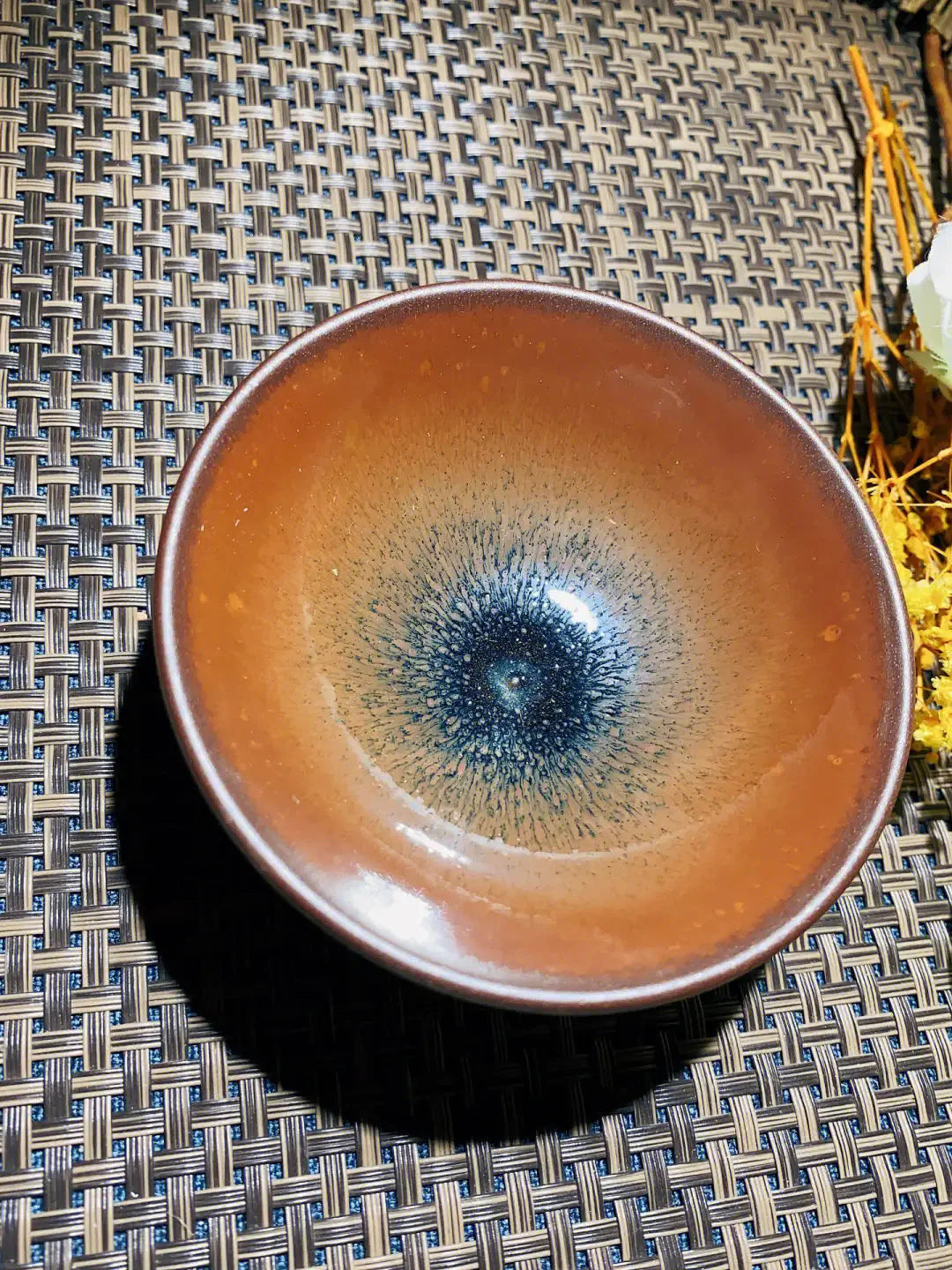
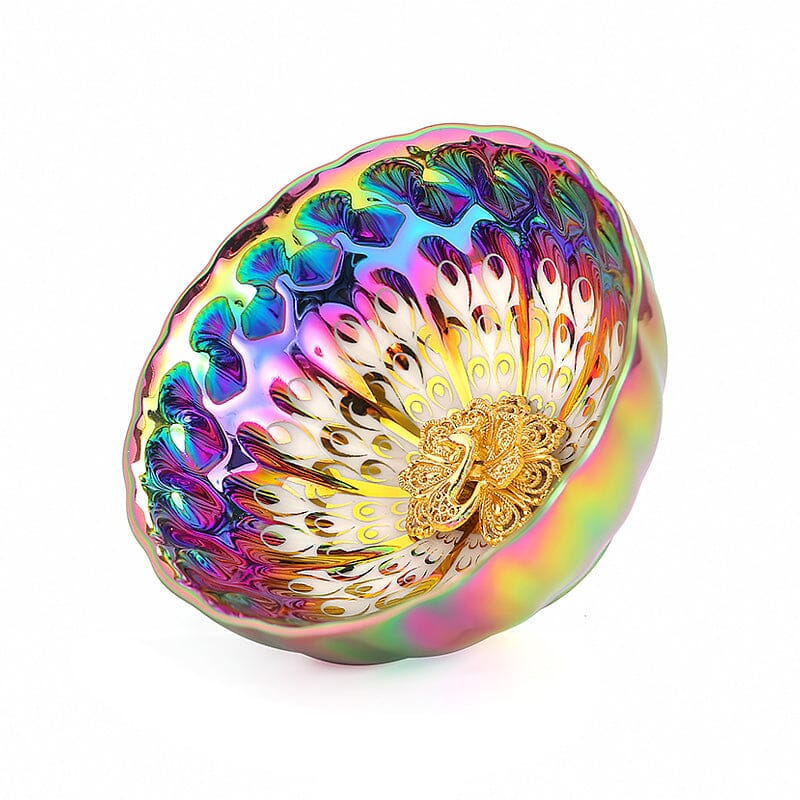
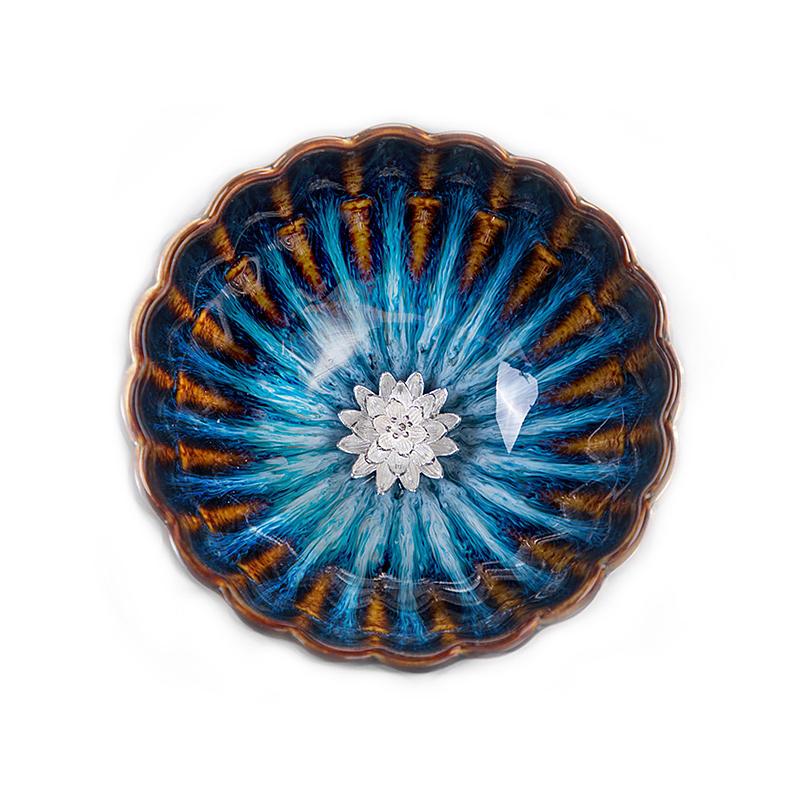
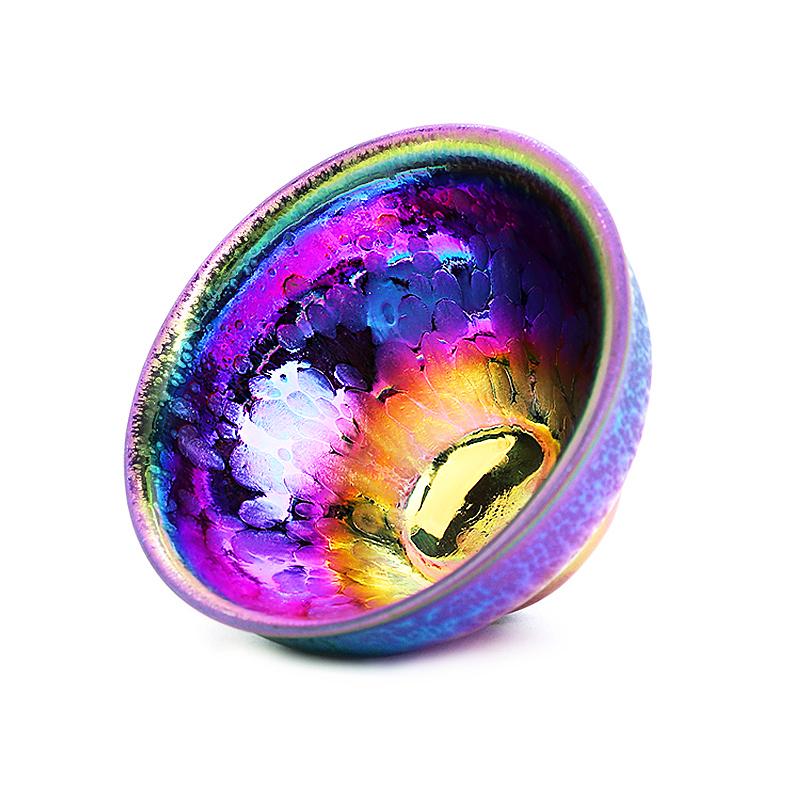
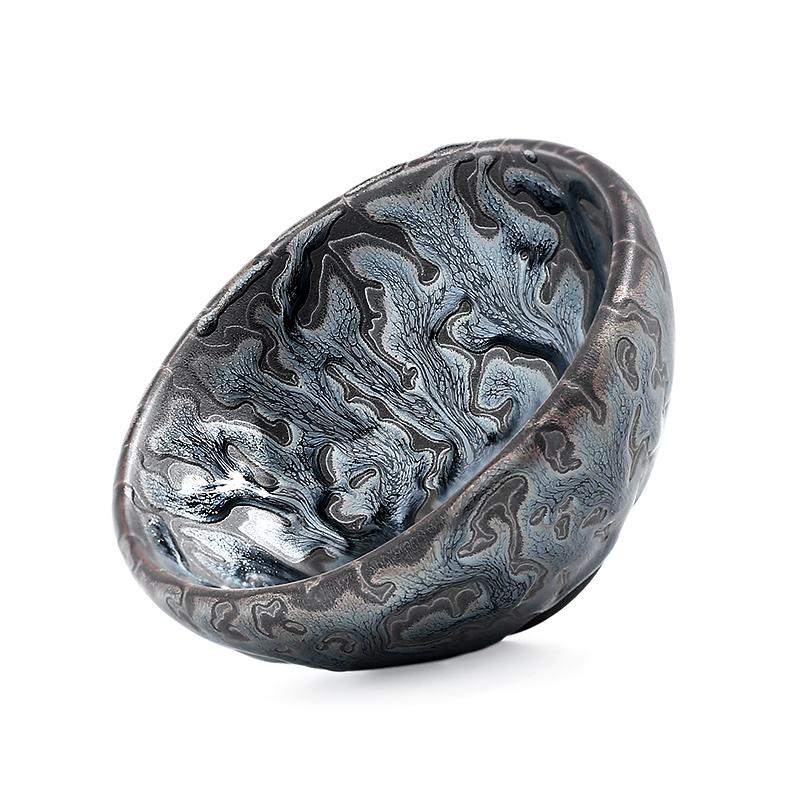
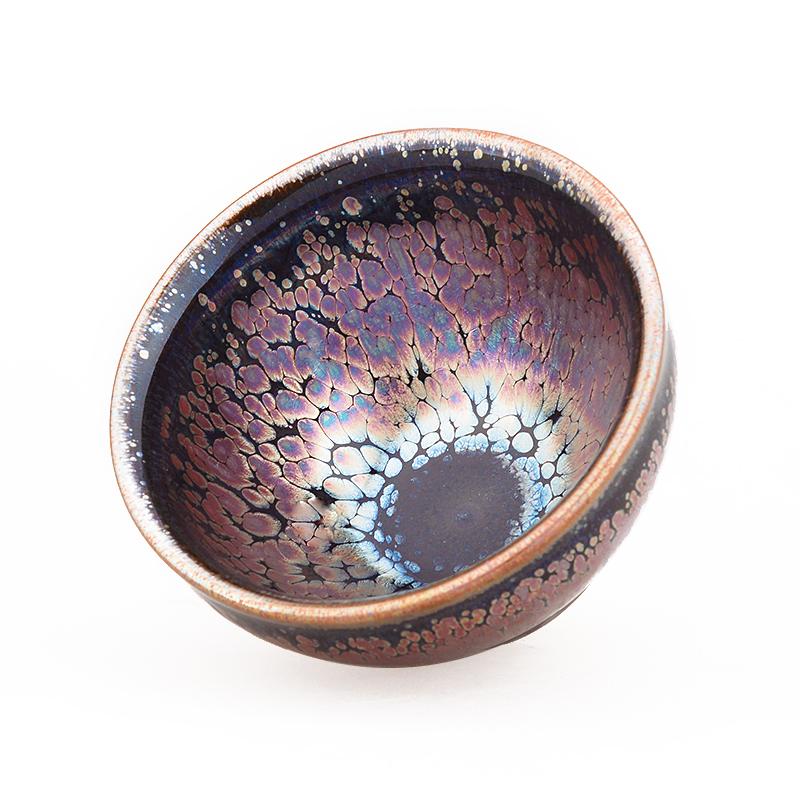
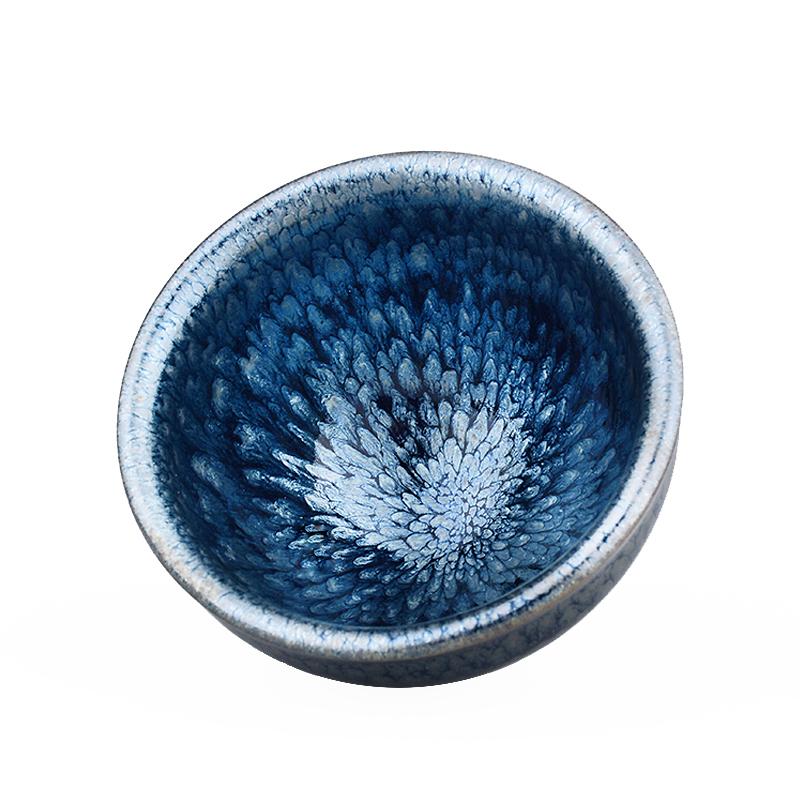
Share:
Intangible Cultural Heritage inheritor - Chen Guowen
Cultivate "Rainbow Light" Tenmoku with these 3 Points